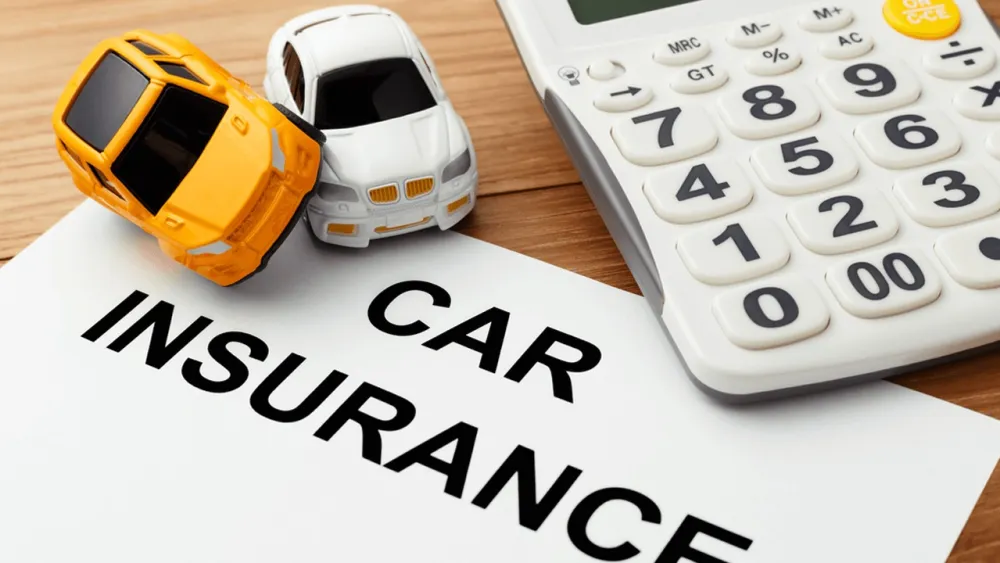Auto insurance requirements in Vermont
Vermont requires all motorists in the state to carry car insurance to be considered a legal driver. Proof of insurance must also be carried when you are behind the wheel and must be shown at the request of law enforcement officials. Read on to find out more about Vermont’s car insurance requirements and coverage options you can add to boost your protection levels.
| Minimum Liability Coverage: 25/50/10 | Uninsured/Underinsured Motorist Coverage 50/100/10 |
|
|
While these are the state-mandated requirements, your lender or leasing company may require coverage to protect your vehicle against physical damage, typically known as full coverage.
Liability insurance in Vermont
Liability coverage is legally required in Vermont and goes toward paying for injuries, property damage, and lost wages that you cause to another driver or their passengers. The coverage limits are determined by each individual state and normally split into three categories. In Vermont, the minimum is listed as 25/50/10.
Uninsured/underinsured motorist coverage in Vermont
Uninsured/underinsured motorist coverage is legally required in Vermont. It goes toward paying for injuries and lost wages that you oryour passengers may incur at the hands of an uninsured/underinsured driver who is at fault. Unlike many states, Vermont’s uninsured/underinsured motorist bodily injury limits are higher than the state’s liability limits. The minimum is listed as 50/100/10.
What are state-mandated car insurance limits?
A car insurance limit is simply the maximum dollar amount that your insurance company will provide in the event of a claim. These limits are determined by each individual state. In Vermont, both liability and uninsured/underinsured motorist coverage limits are split into three categories: bodily injury per person, bodily injury per accident, and property damage.
These categories are explained in detail below.
- $25,000 bodily injury coverage per person is the maximum dollar amount paid for a single person’s injuries that are caused by you.
- $50,000 bodily injury coverage per accident is the total amount paid for any and all injuries caused by you in an accident.
- $10,000 property damage per accident is the limit of how much your insurer will pay for damages that you cause in an accident.
Uninsured/underinsured motorist coverage works in much the same way, though the limits are higher and take effect in different circumstances.
- $50,000 bodily injury coverage per person is the total of what an insurer will pay for a single person injured in your vehicle by an uninsured/underinsured driver.
- $100,000 bodily injury coverage per accident reflects the maximum dollar amount paid for all injuries in your vehicle by an uninsured/underinsured driver if more than one person is hurt.
- $10,000 property damage coverage per accident is the upper limit dollar paid for damage caused to your vehicle by an uninsured/underinsured driver.
Do Vermont’s required minimums provide enough coverage?
Vermont is roughly similar to most other states in its car insurance requirements. Still, carrying the bare minimum of coverage is not the best idea if you want to ensure that you and your assets are fully protected. Liability limits, for instance, can be exhausted quickly with even moderate injuries, quicker still if you injure multiple people. Also, the $10,000 property damage limit comes nowhere close to the average cost of a new vehicle.
It’s also important to bear in mind that the state of Vermont requires no coverage for damages to your own vehicle. If you want to be covered against physical damages, you would need to add further coverage. As such, if you want to be properly covered, adding coverage or increasing limits is a great idea.
Vermont’s penalties for driving without proof of insurance
If you are found guilty of driving without insurance in Vermont, expect the following penalties to apply:
- A civil penalty of not more than $500
- Suspension of license until proof of insurance can be shown
- Filing of an SR-22 certificate
Optional car insurance coverage in Vermont
Vermont law only requires liability and uninsured/underinsured motorist coverages in order to be legal. However, most insurance companies offer many other helpful coverage options that would be good to consider. Here is a list of some of the more common options:
- Comprehensive: This will pay for damages to your vehicle that arise from non-collision circumstances (though it also covers collisions with animals). It covers perils such as theft and damage related to weather events.
- Collision: This will pay for damages after a collision with another motorist or a stationary object.
- Loan/Lease Payoff: Also known as gap coverage, this will pay the difference between what you owe on a loan and your car’s actual cash value. This will help if you currently owe more than your car is actually worth.
- Medical Payments: This will go towards paying for your medical expenses as well as those in your vehicle. It is available regardless of who is at fault.
- Rental Car Reimbursement: If your car is unable to be driven, this coverage will pay for a rental car until yours can be fixed.
- Roadside Assistance: Many insurance companies offer some form of roadside assistance that can help with things such as flat tires, dead batteries, and towing expenses.
Why following Vermont’s car insurance requirements is important
Carrying car insurance in Vermont is indeed a legal requirement, but it’s also just a good idea. You can further protect your assets by adding coverage or increasing your current limits. If, however, the cost of adding coverage has you worried, it’s probably time to look for a cheaper policy.
The Zebra is an easy way to compare insurance quotes side-by-side. Simply enter your ZIP below to get started.
Compare car insurance quotes side-by-side!
Sources
- Vermont Car Insurance Laws
- Vermont Car Insurance Penalties





